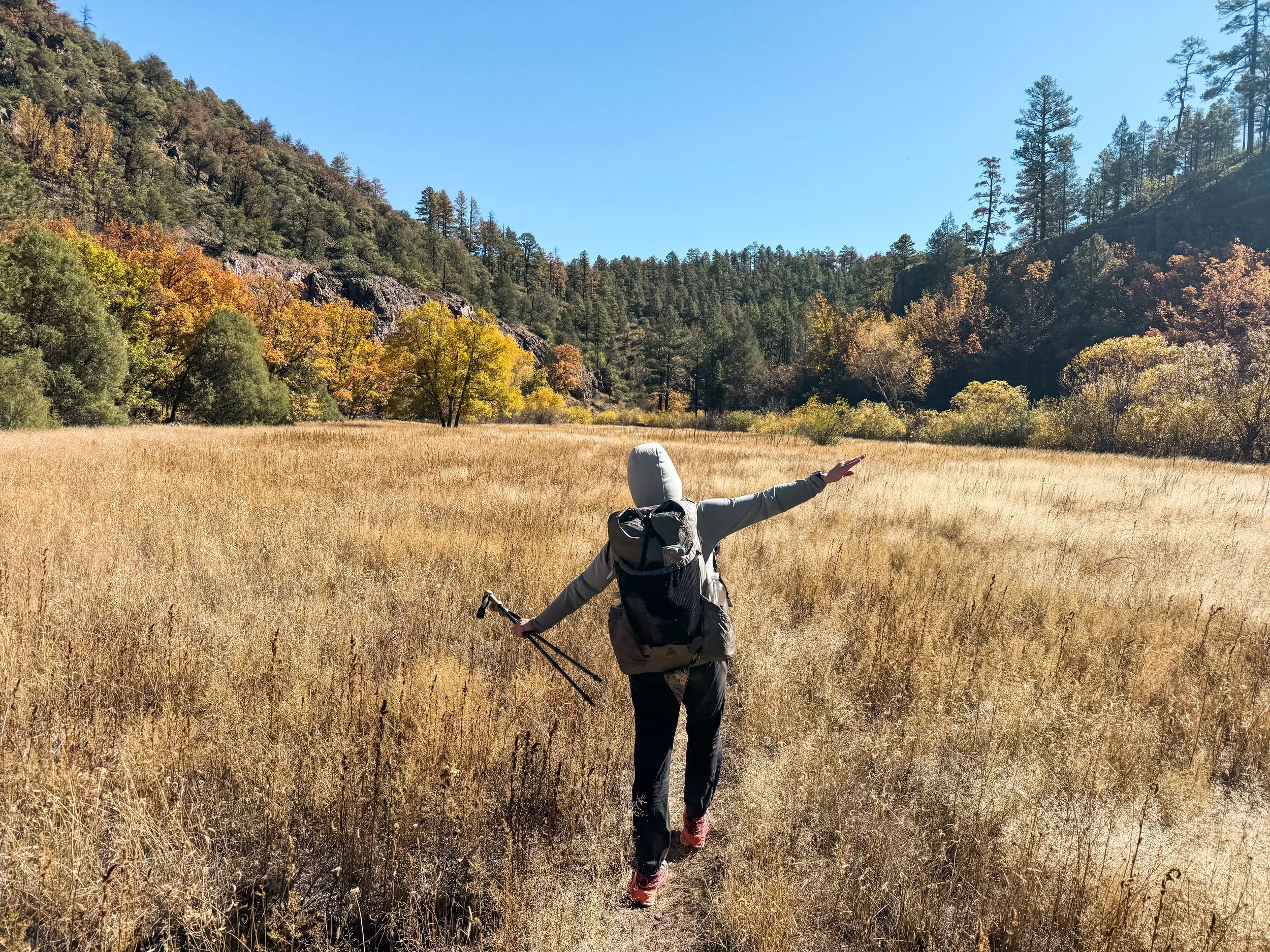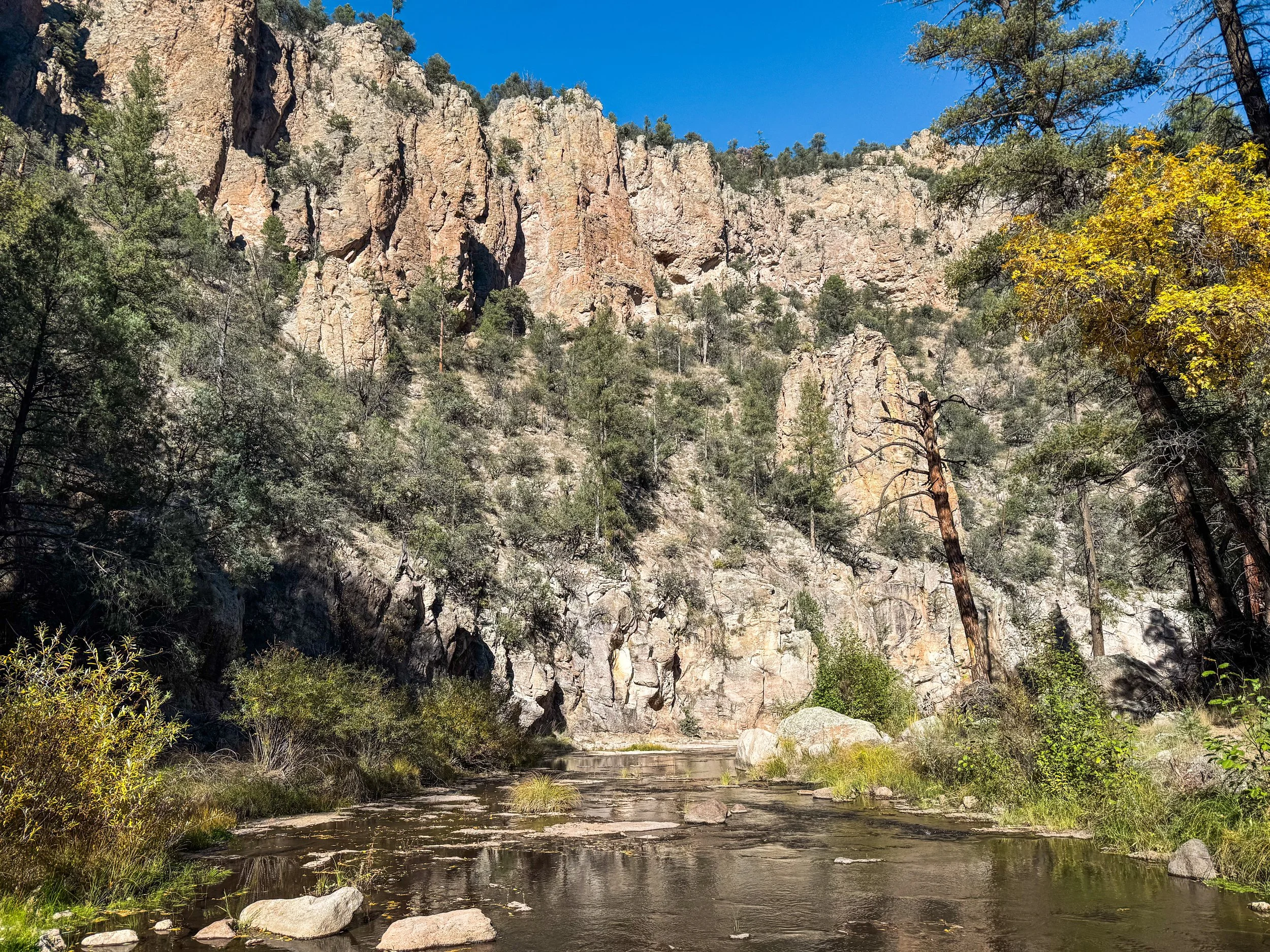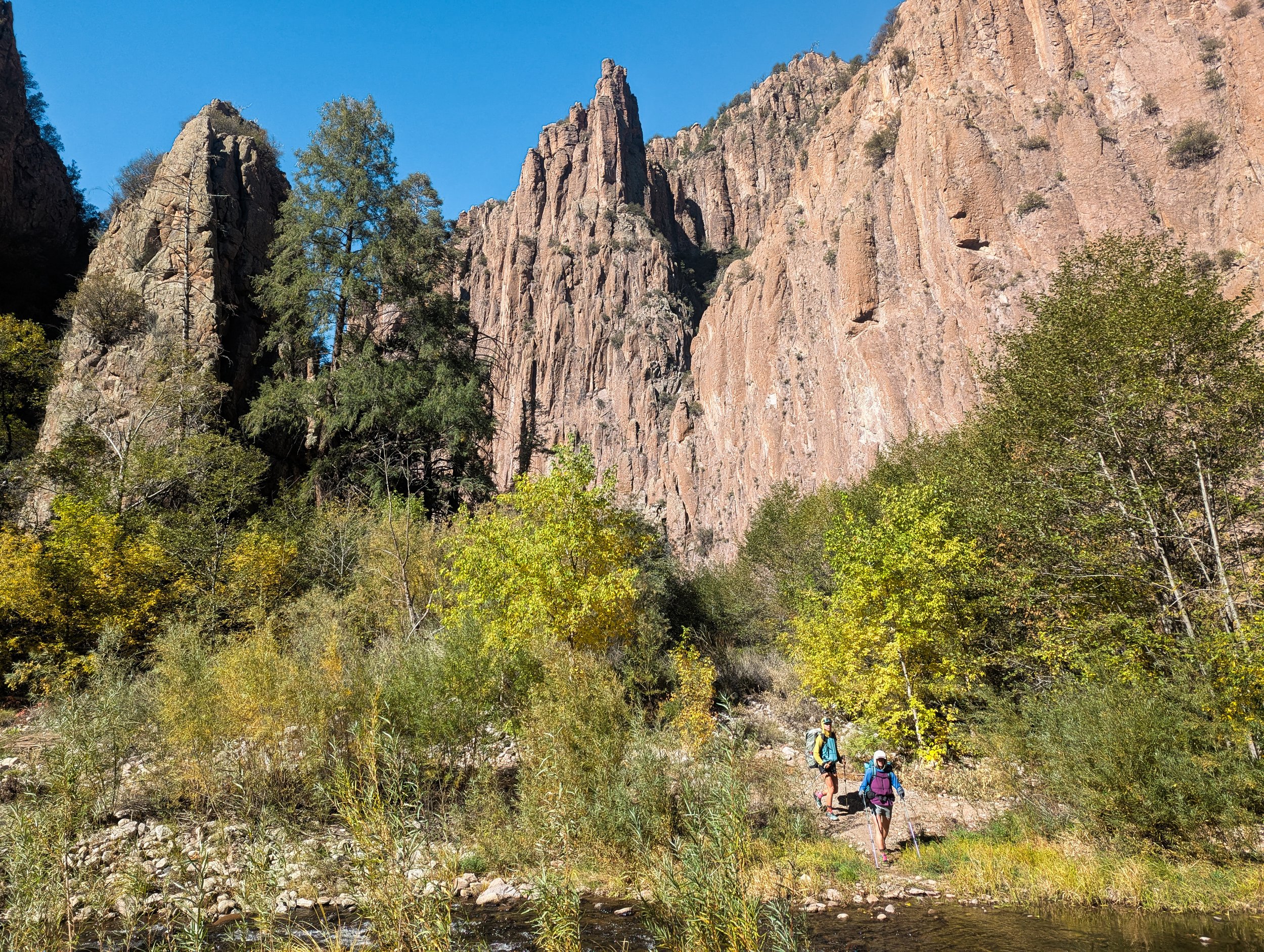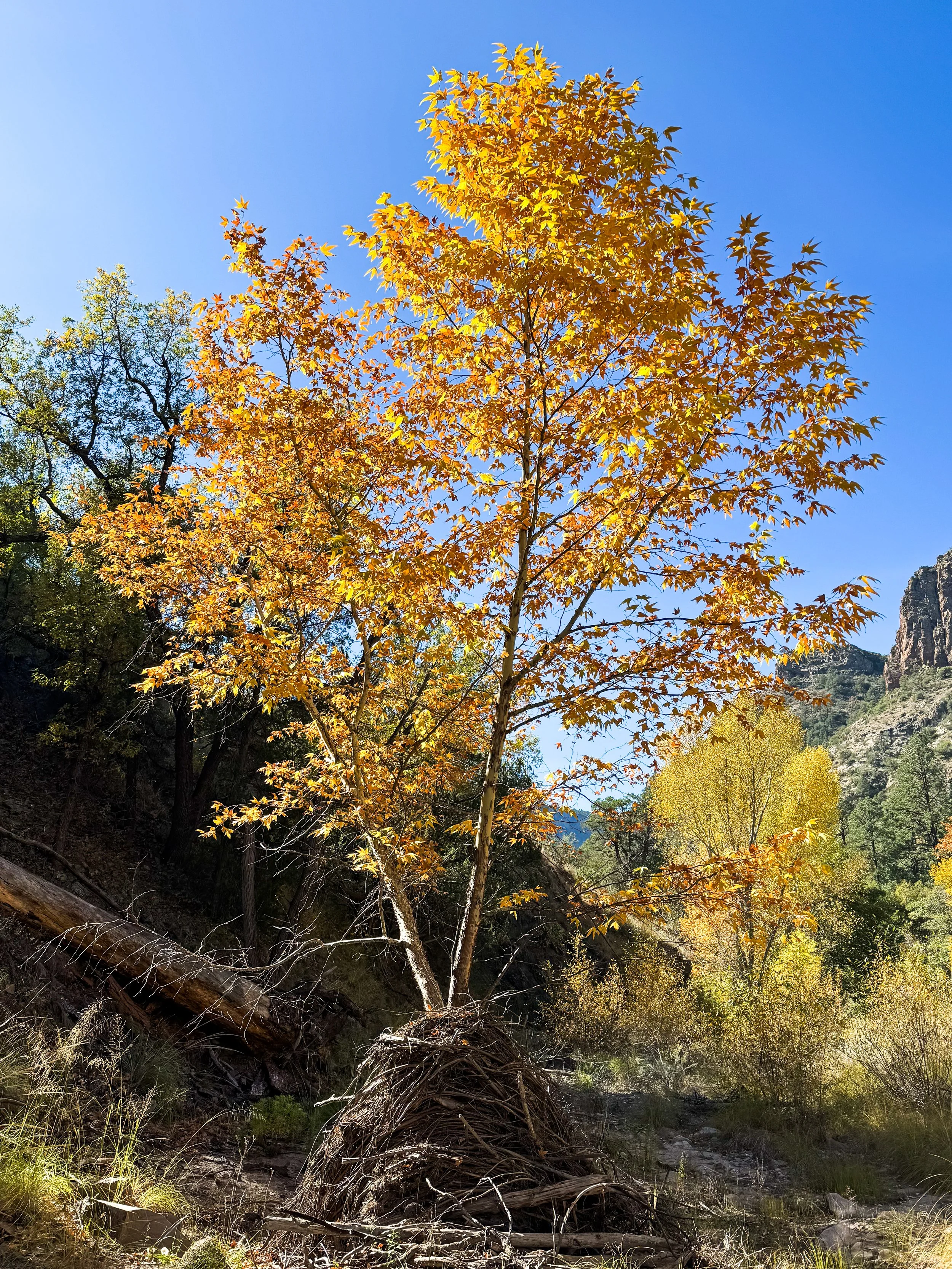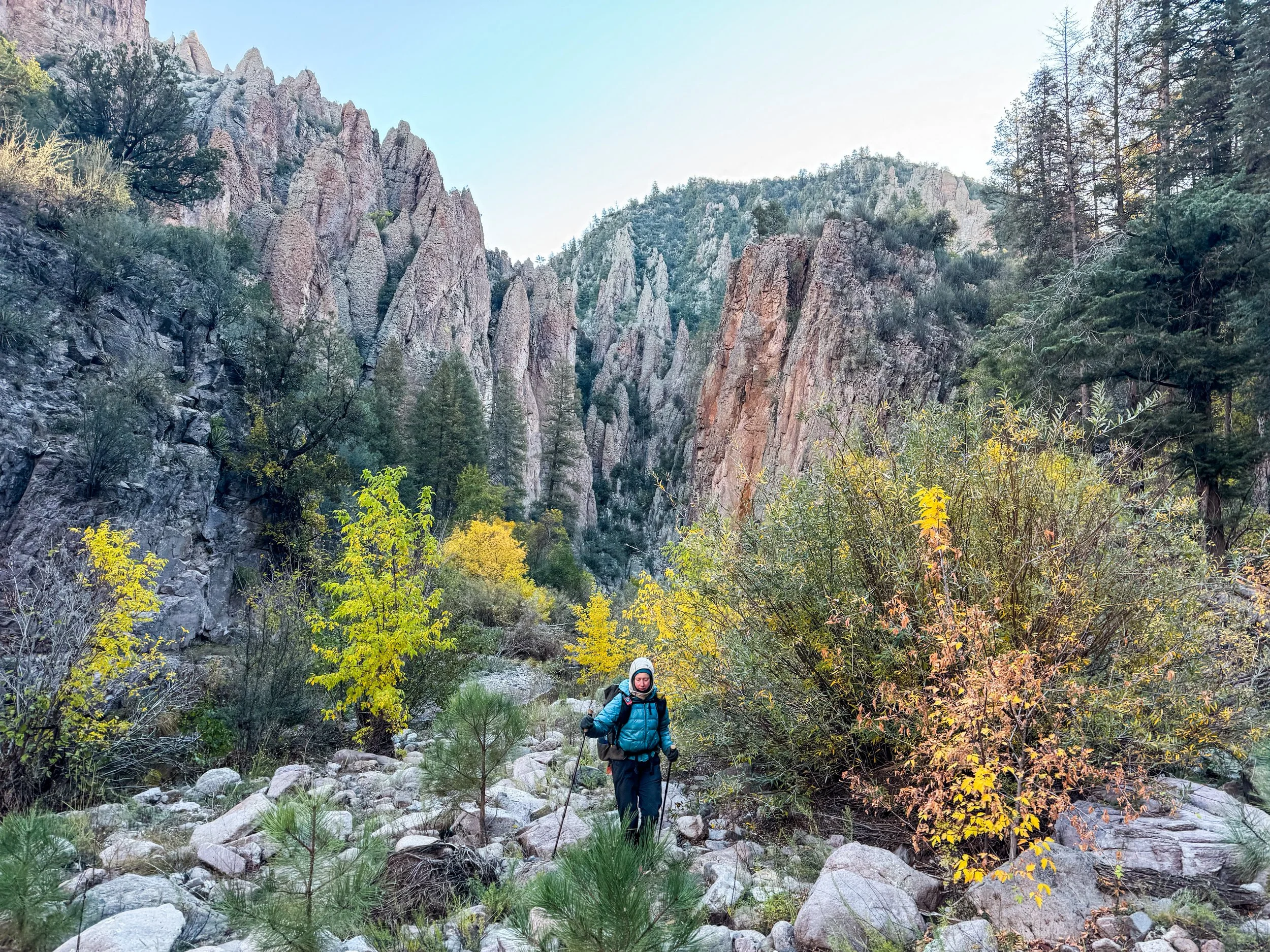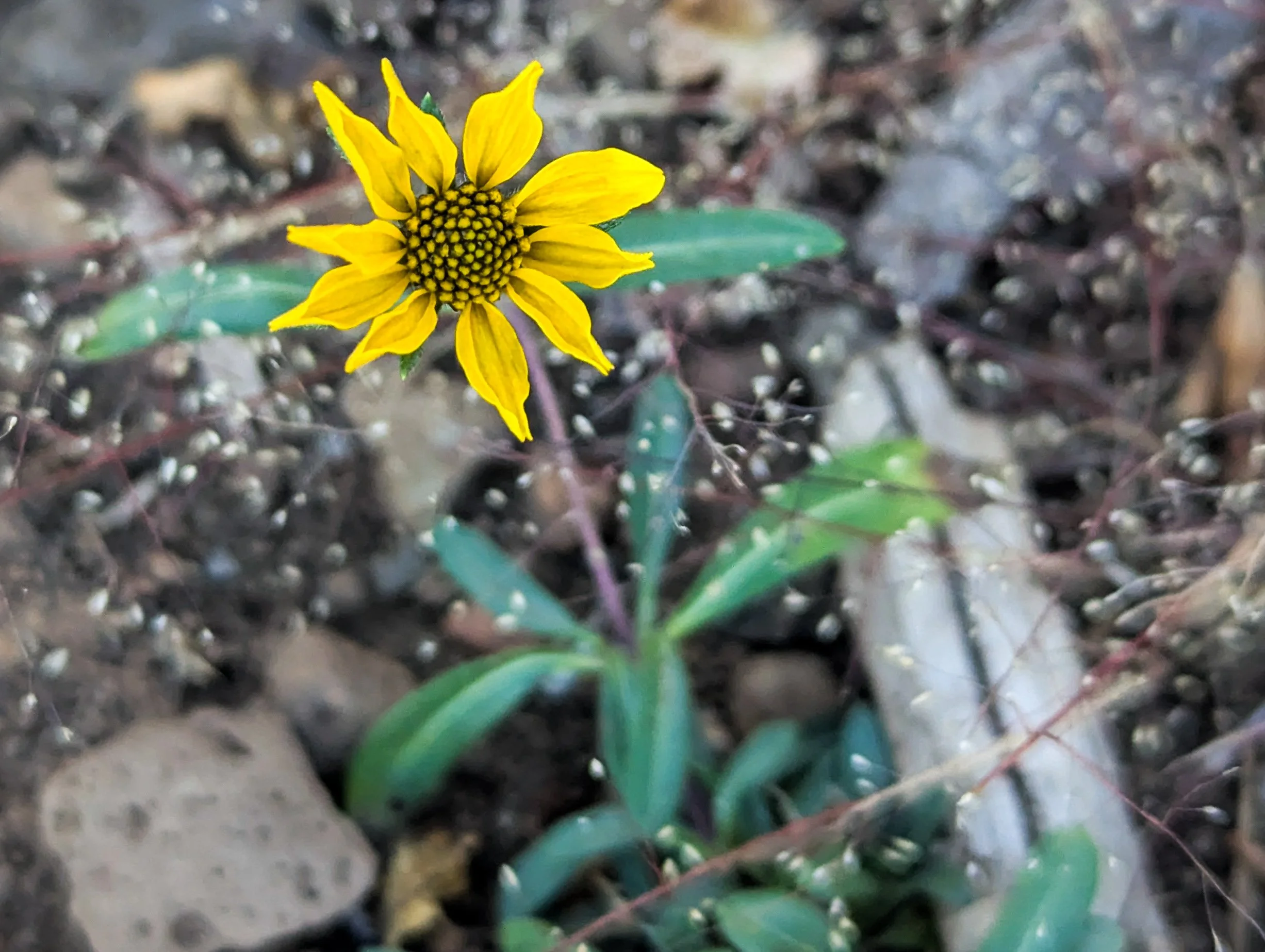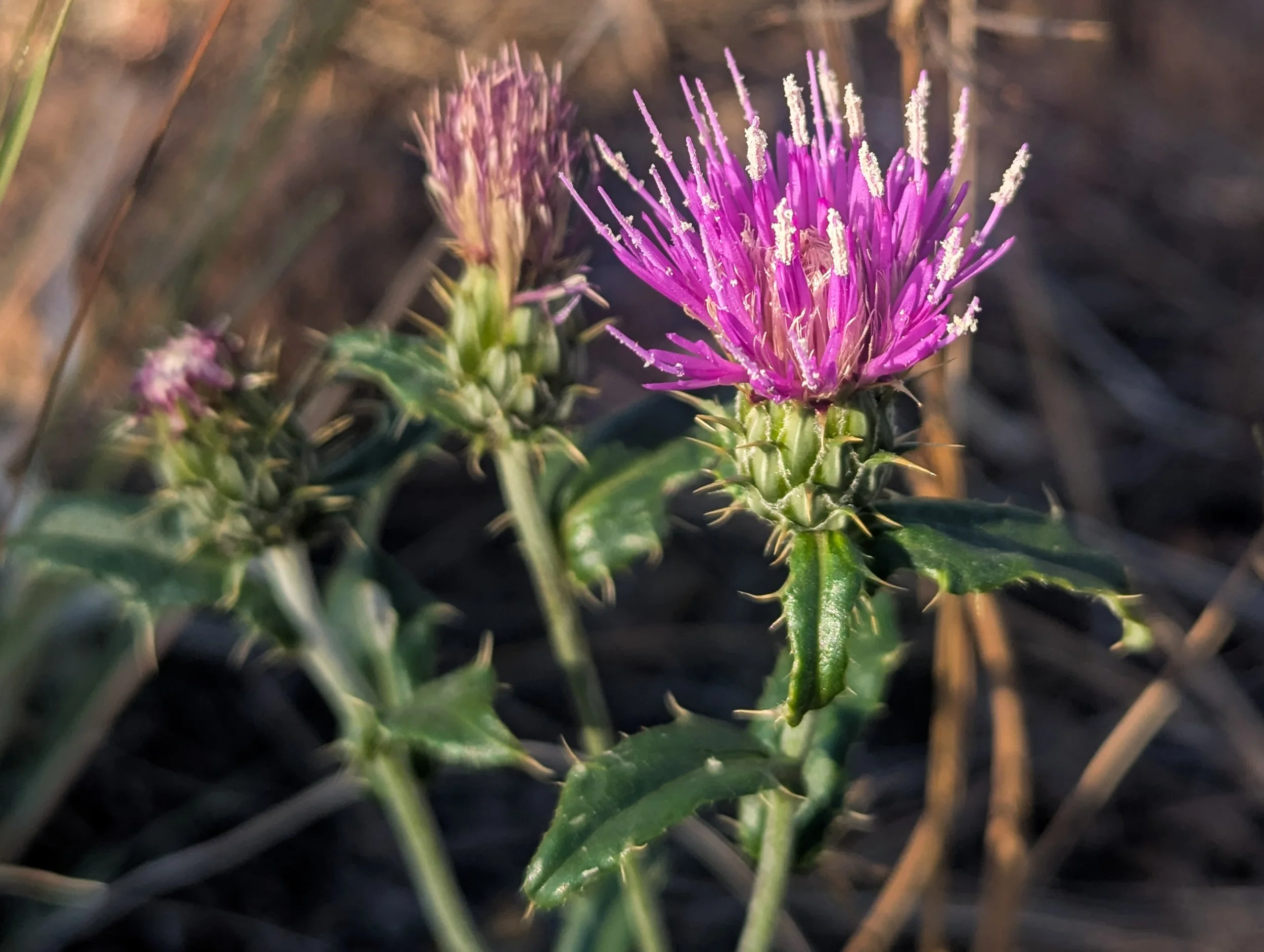Scenes of the Gila
Though it is not on the official trail, the alternate that runs through the Gila Wilderness (pronounced “hee-luh”) is regularly voted as one of hikers’ favorite sections of the entire CDT. The trail travels downstream along the Gila River for about 60 miles from the headwaters until the shallow creek becomes a wide, thigh-deep stream.
The land surrounding the headwaters of the Gila was the first in the world to be designated as wilderness, which means it has been protected for over 100 years. It is home to the standard array of mountain fauna – deer, elk, coyotes, and bears – but it also boasts javelinas, Mexican gray wolves, and of course, the venomous Gila monster. We didn’t manage to spot any of this majestic wildlife down in the canyon, but we did hear the wolves howling from our tent one night (and successfully confirmed the presence of the rare and remarkable raccoon).
The river cuts a deep path through the high plateau, creating a narrow canyon with cliffs looming hundreds of feet above the water. It was a landscape like none we’d ever experienced. The trail was overgrown and sometimes difficult to follow, but it was nearly impossible to get truly lost. The rock walls often rise up directly from the water on one side of the flow, pushing the trail back and forth from one side of the river to the other. In just three days, we crossed the Gila River around 175 times.
Down in the bottom of the canyon, we only had sunshine for a few hours in the afternoon each day. The mornings were frosty and the water was freezing cold, but as the sunlight started hitting the clifftops above, the valley glowed with a wild, strange beauty. Huge autumn oaks and sycamores with amber leaves flamed as if lit from within while the neighboring banks were still cloaked in deep, cold shade. We found it nearly impossible to capture the feeling of this place in photos; the contrasting light and massive vertical scale made it challenging to fit any part of the scene into a single frame.
Here’s our best effort to bring you along with us into the Gila River valley.
The top of the valley was broad and gently sloping downward. Molly is an airplane.
Deep below the rocky canyon walls, the vegetation was dense and lush.
Sunlight filters through the sycamores. It felt intensely autumnal.
Our early river crossings were shallow and easy.
Where the water pooled against a logjam, scum forms on the stagnant surface, creating this braided texture.
The jigsaw-like texture of the bark on the mountain juniper trees is a fascinating puzzle.
Beanie Baby and Cookie Monster head down toward yet another crossing. We hiked with this pair in Montana, then met up again deep in the Gila valley and spent a morning catching up between river crossings.
Against the base of a narrow tree trunk rests a pile of debris built up from floods that washed sticks and mud through the bottom of the river valley.
As we walked farther down the valley, the river grew wider and deeper.
Jonathan looks up at a cliff hanging steeply over the water. We were frequently forced to one side of the stream or another when the bank disappeared into deeply carved pools beneath the rocks.
Mornings in the valley are intensely cold and the cold persists well into the day, forcing us to keep on our warm jackets while our feet and legs get soaking wet.
This far south, flowers still bloom on the valley floor.
A vibrant, spiny thistle strikes a pose.
Jonathan traverses a beaver dam across the full width of the Gila River in a futile attempt to keep his feet dry for just a few more minutes. Joke’s on him: he’ll never make it through without sticking a foot through the mushy dam into a flowing mess of muddy water.
Molly finds a cascade of wild hops! She reaches out to pick one, and it smells like the freshest IPA.
As we climb out of the Gila River valley, we look back across layers of scrub-covered desert plateaus. After days down on the valley floor, it was easy to forget the hot, dry desert rising high above us.

